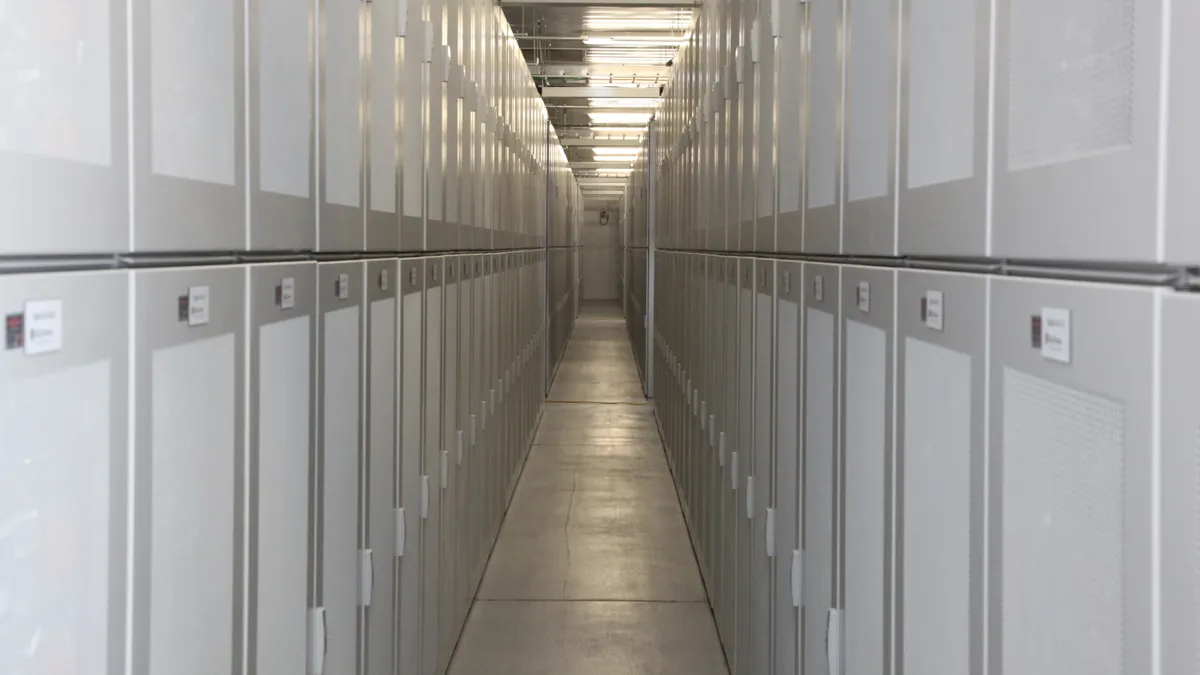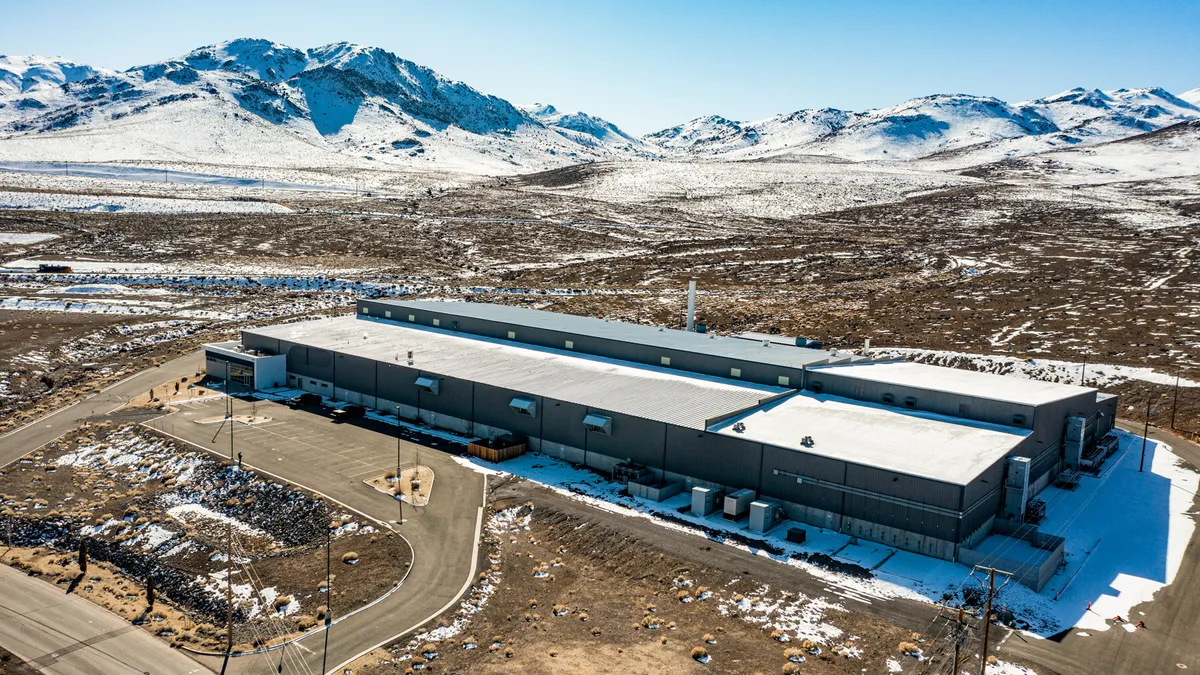The following is a contributed article by Ted Ko, VP of Policy & Regulatory Affairs at Stem
Imagine being the administrator of the primary medical center for several disadvantaged communities, now inundated in response to the coronavirus pandemic. Plus, you operate the only Level 1 trauma center in a 50-mile radius full of high fire-threat districts.
You have a plan to install solar arrays plus batteries at your facilities to provide an additional layer of resilience in the face of potential outages and help meet clean energy goals. And, importantly, these projects would save on energy costs, so you could put more money toward maintaining staffing and providing desperately needed healthcare services.
But when you applied to California's Self-Generation Incentive Program (SGIP), you were immediately shut out because the demand for your category of incentives was too high. Even though nearly $450 million was unclaimed in a parallel SGIP category, your projects — which could begin construction right away — couldn't qualify.
This isn't just a hypothetical example. This is reality for a hospital system in Southern California. And it's the experience of hundreds of other organizations in California, which have over $300 million worth of shovel-ready battery projects ready to deploy, but are now stuck on a waitlist with no idea when, or if, they can move forward.
Getting those projects funded would be the simplest, fastest and most effective economic stimulus that’s possible in the multiple crises facing California.
Turning an imbalance into an opportunity
For years, California policymakers have encouraged battery energy storage as part of a cleaner, more resilient electricity grid. In 2018, energy storage got a boost when Sacramento added hundreds of millions of dollars in SGIP funding for new storage projects across the state. The California Public Utilities Commission (CPUC) directed a majority of these funds to customers in low-income and disadvantaged communities, putting these funds in what is called the “Equity Budget.”
In 2019, following wildfires and widespread power shutoffs, the CPUC directed funds towards customers at risk of wildfire-related power shutoffs, including homes and critical facilities like fire stations, and called this the “Equity Resiliency Budget.” In early 2020, the CPUC allocated a whopping $600 million to the Equity Resiliency Budget and left only $50 million for Equity customers like the hospital mentioned above.
When the program to disburse Equity Budget funds opened in May, it was immediately oversubscribed — by more than seven times — leaving roughly $300 million worth of shovel-ready projects without funding.
At the same time, the tightly defined Equity Resiliency Budget was undersubscribed, leaving over $400 million unclaimed. In addition, more than $200 million remains unclaimed in other energy storage budgets in the program, resulting in over $600 million in idle funds.
Now, there are hundreds of energy storage projects that could start almost immediately, providing work for furloughed or unemployed Californians and much-needed resilience for homes, businesses and the electric grid. Yet, the money is not available to them.
So at a time when the state and federal governments are looking to create economic stimulus, California has hundreds of millions of dollars in SGIP funds sitting idle that could provide an immediate boost if they were simply moved to where the money could be put to work. This is an unprecedented opportunity for the CPUC to make a tremendous impact quickly and easily.
Energy storage’s multiplier effect
California's investment in energy storage has the potential to deliver an even greater economic ROI than just this near-term impact.
Most stimulus funds have little to no multiplier effect. A dollar given directly to people to cover bills, while certainly quite important, provides only a dollar of economic stimulus. Low-interest or forgivable business loans work much the same way. Funds to install energy storage also provide this kind of boost, enabling shovel-ready projects that put people to work right away. And right now jobs are needed, considering that California's unemployment rate reached 16.3% in May in the wake of COVID-19.
But with energy storage, that stimulus dollar goes even further than these immediate jobs. Installing storage at commercial, industrial, government or other non-residential buildings enables those organizations to save money on energy bills as soon as the battery turns on. As one customer, a big-box retailer, observed, “every dollar the battery system saves me helps me hire another employee or keep one in the next downturn.” That investment dollar now saves and creates twice the jobs — first for the storage installer, and second for the storage customer.
Compared to other energy technology investments, energy storage can offer even further multiplier effects. The same battery system that saves money for a home, school or hospital also helps local electric grids be more reliable and efficient, saving money for everyone nearby. This happens through “energy aggregators” whose software turns a fleet of batteries into a virtual power plant (VPP). When buildings don’t use the batteries, a VPP provides energy and services to the local utility company or the wholesale market, reducing energy prices and saving on expensive poles and wires. And the same battery also can provide backup power when the grid goes down.
Here’s a ballpark estimate of how this multiplier effect could work in California. Let’s say a hospital storage project receives $1,000 in stimulus money, which produces $2,000 in immediate economic activity. Over the next 10 years, the initial investment provides additional benefits for the hospital — including $4,000 in bill savings and $1,500 in resilience value — as well as $2,500 in other economic value for the broader electricity system.
Make the move now
By allocating nearly a billion dollars in SGIP funding to support energy storage deployment, California had the right idea about growing the state’s economy, while also addressing climate change with clean energy alternatives and providing solutions for resilient, reliable power. But again, valuable dollars remain on the table at a time when many companies need it most.
Earlier this month, the California Energy Storage Alliance (CESA) petitioned the CPUC, seeking to have $310 million transferred to projects on the Equity Budget waitlist. CESA noted by doing so, the CPUC could support projects that are ready to go and provide much needed economic support during the pandemic-driven downturn.
We agree with CESA. The fix is easy. No new laws or proceedings are required to move this money. And the California state budget does not need to be touched.
The CPUC can simply reallocate the funds. Doing so would be the immediate shot in the arm California’s economy needs now and make the state stronger in the future. And after years of difficulty responding to a range of crises, the CPUC can take pride in providing the most impactful response to today’s critical needs.
With this one SGIP move, the CPUC could do more than any other entity to employ workers, lower costs for everyone and improve resilience in low-income communities, while creating that valuable multiplier effect that optimizes return on California’s dollars and advances our clean energy future.





















